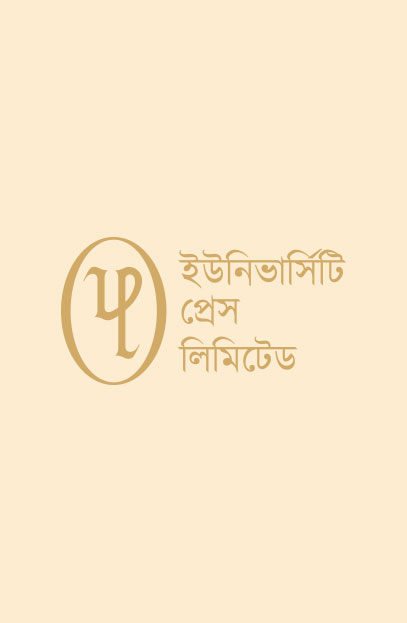
- Shop
- Practical MICRO Finance: A Training Guide for South Asia
Practical MICRO Finance: A Training Guide for South Asia
https://uplbooks.com/shop/9840516906-practical-micro-finance-a-training-guide-for-south-asia-6592 https://uplbooks.com/web/image/product.template/6592/image_1920?unique=3d813f3
| Language: English |
Tags :
Book Info
Micro-finance, or ‘micro-credit’ as it is sometimes known, is growing in importance throughout the world. As a consequence, non-governmental organisations, commercial banks, and specialised micro-finance institutions, all need to introduce their staff to the new skills required, and to recruit new personnel to satisfy the growing needs. This immensely practical manual is designed to improve the quality and content of microfinance training programmes, and thereby contribute to the greater ability of affordable, accessible, and mutually profitable financial services to the poor. Malcolm Harper provides step-by-step descriptions for 22 training sessions spread over ten days. He covers all the important topics including sustainability, interest rates, gender issues, delivery methods, impact assessment, and delinquency management. Among the distinguishing features of this manual are It is based on thoroughly tested and proven material and written in an easy-to-follow manner. The author includes case studies, quantitative exercises, and suggestions for field visits It contains guidance on methods for the effective delivery of training The material is capable of being adapted to suit any situation Arguing that micro-finance is a powerful tool in the battle against poverty, the author also presents new findings which, among others, show that women are often better customers than men; even the very poor can save, invest wisely, and repay; and that the provision of financial services to the poor need not be dependent on heavy subsidies. This important manual will be welcomed equally by NGOs and the commercial banking and financial services sector. It will also be of use to students of rural development, development economics, banking, and finance.



